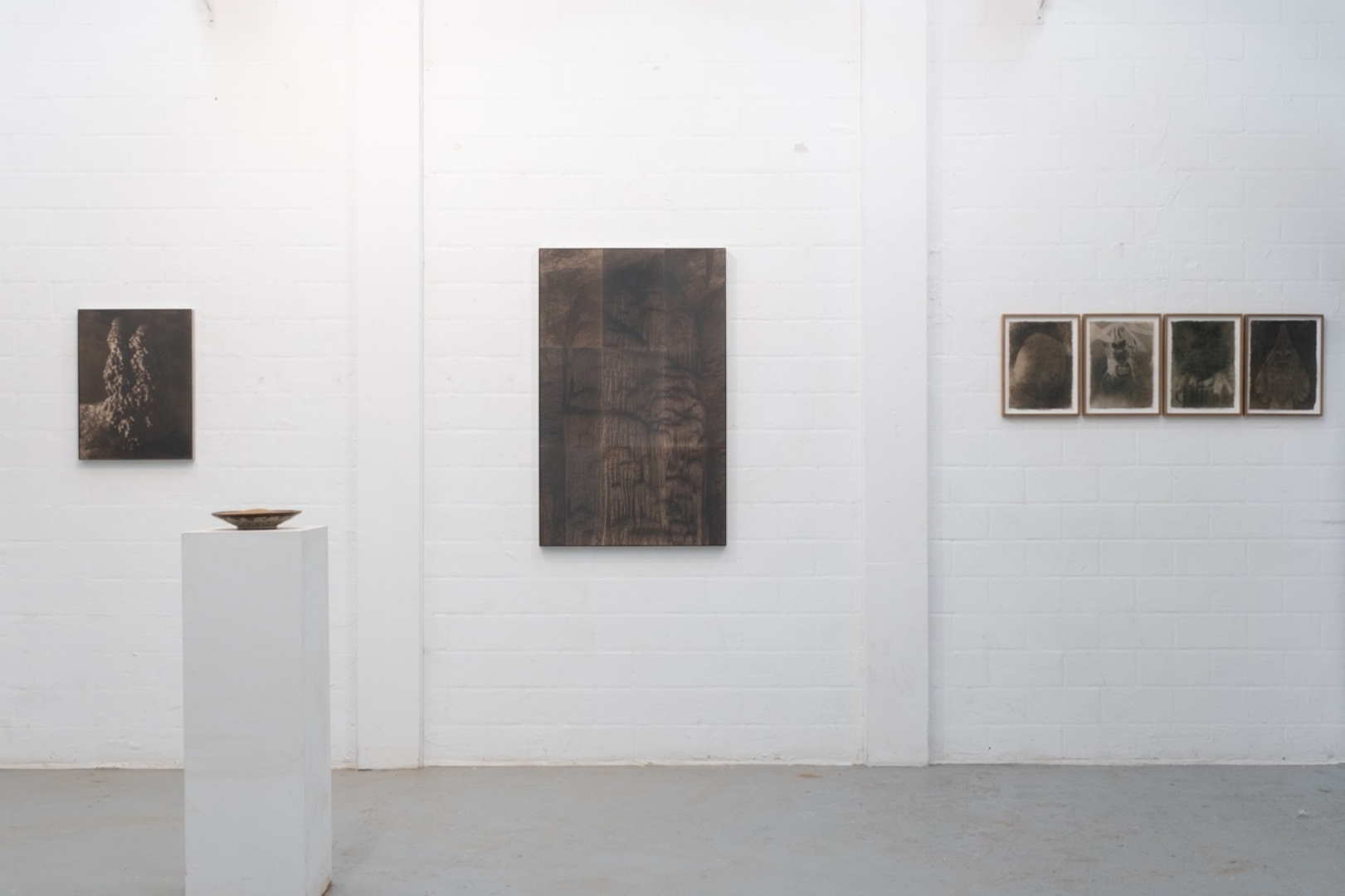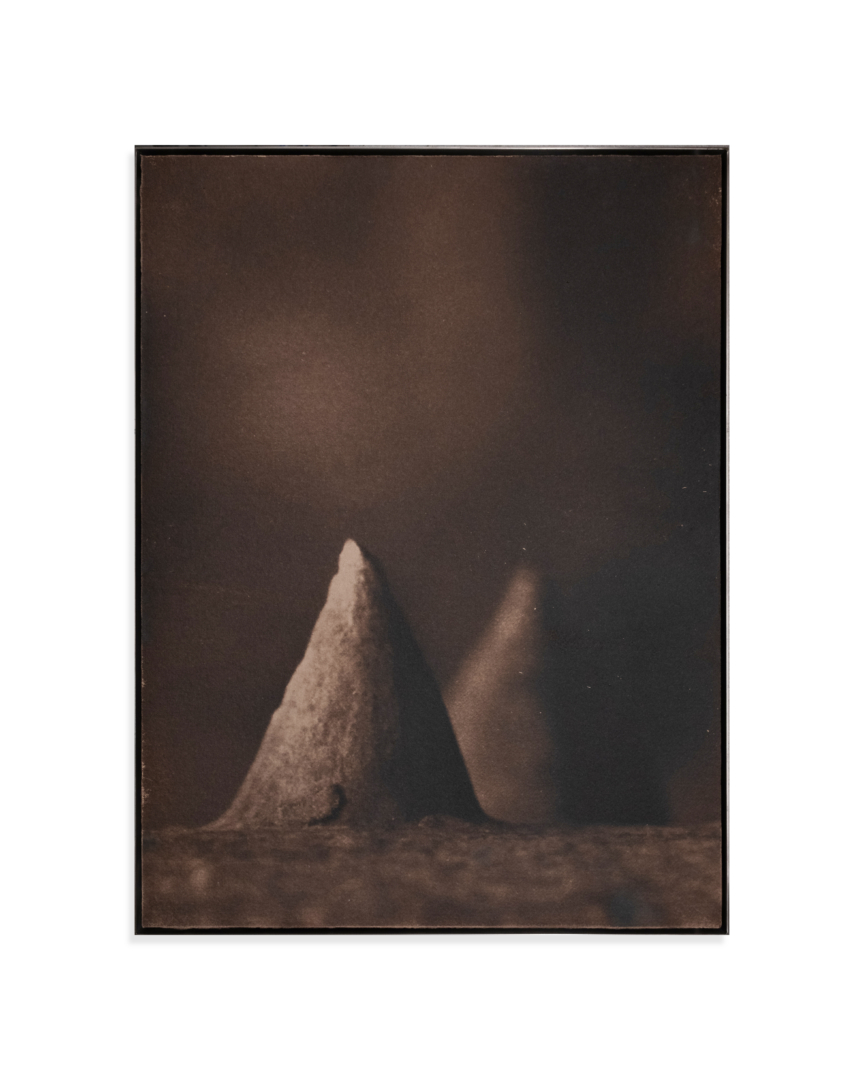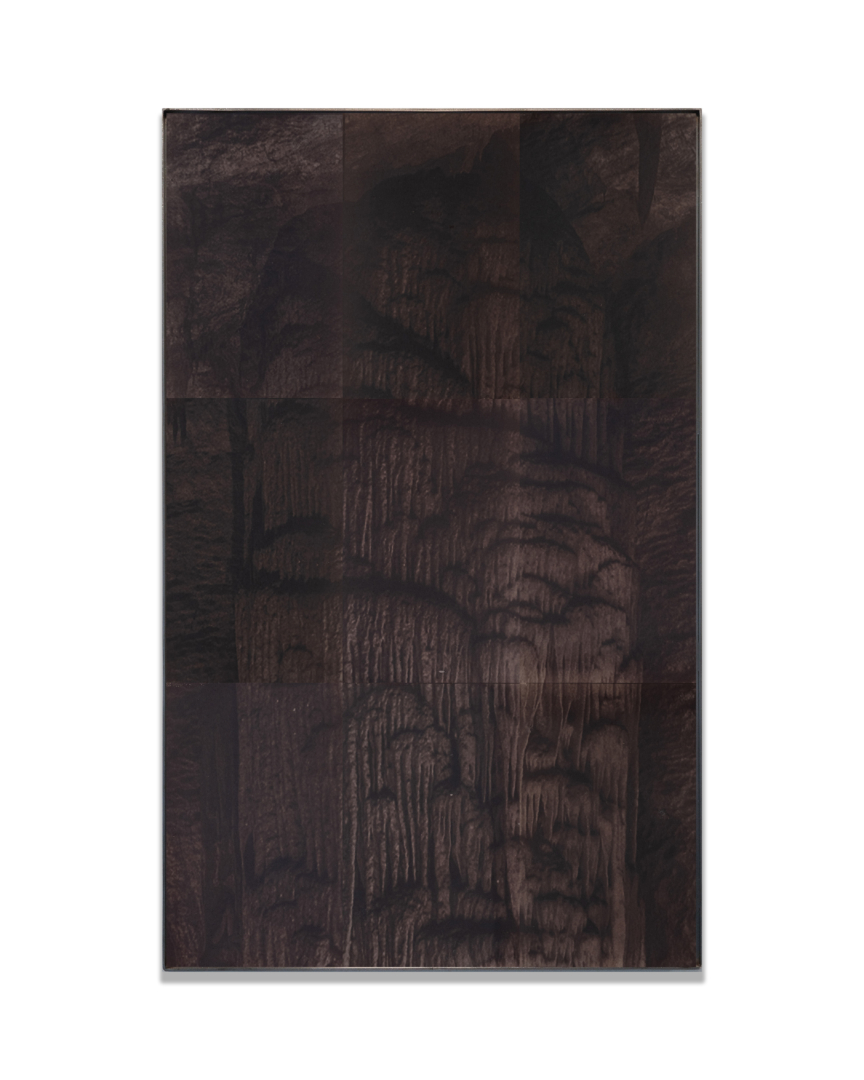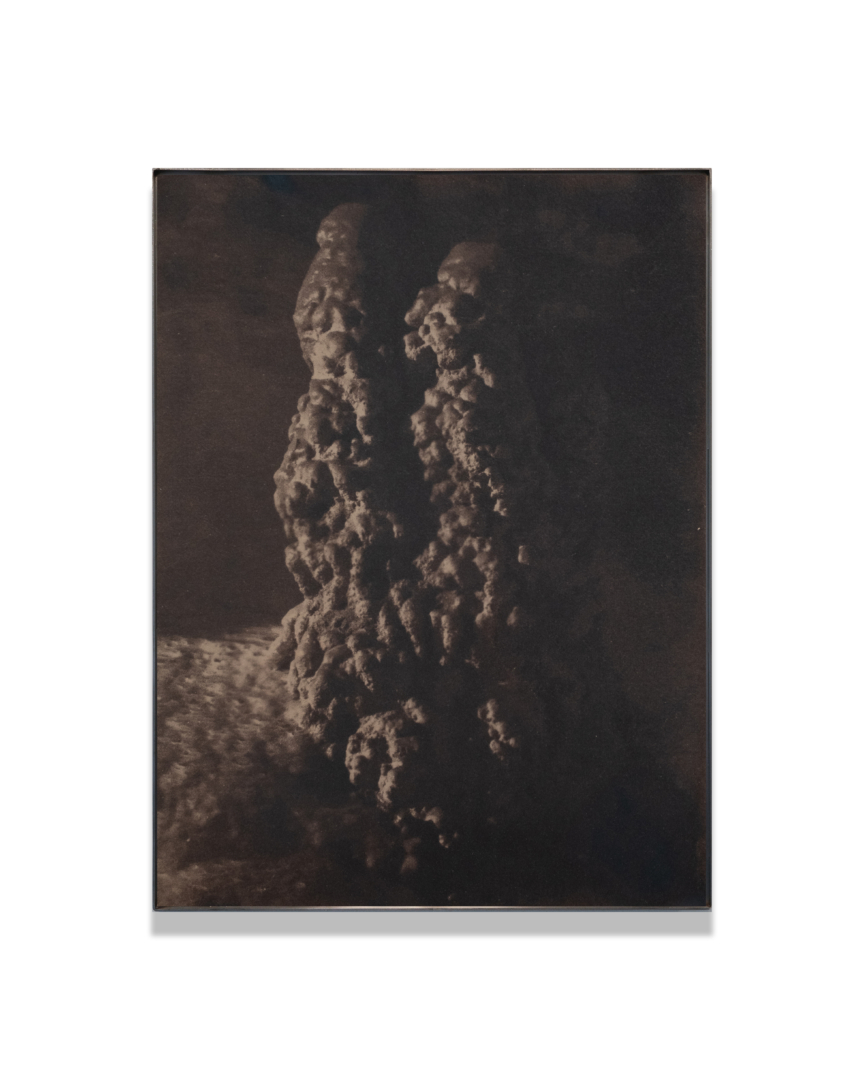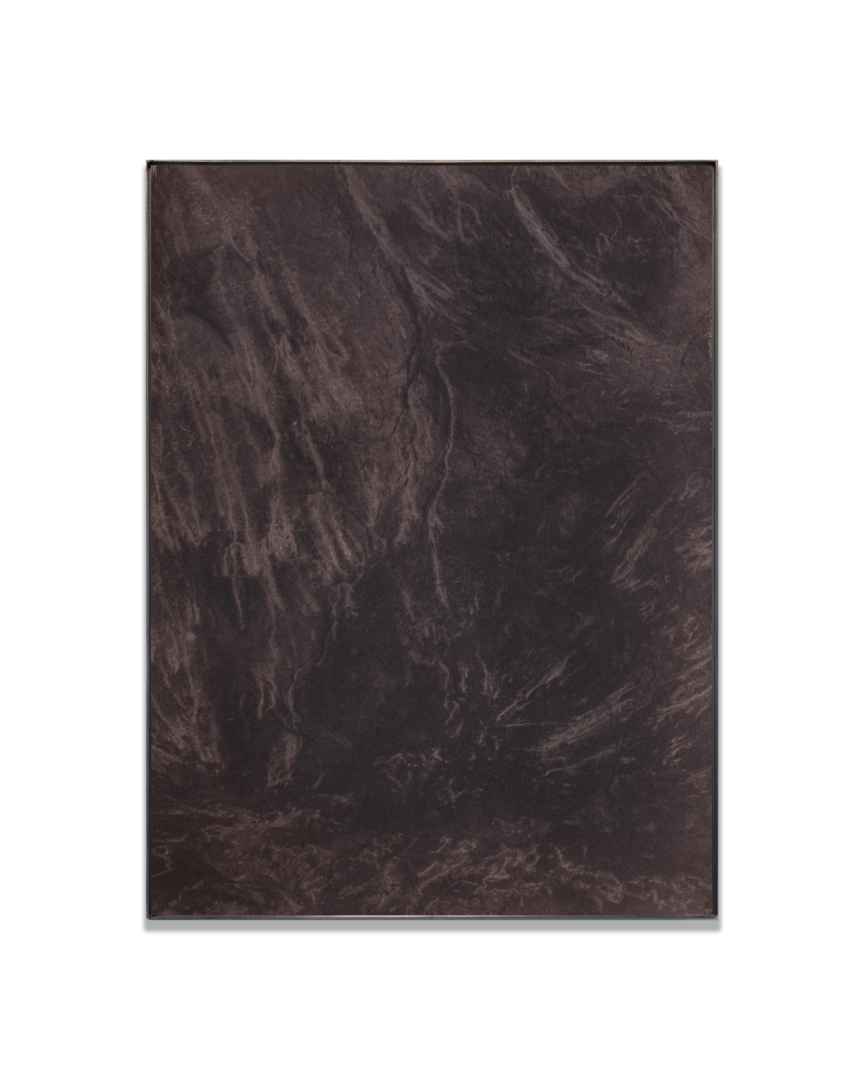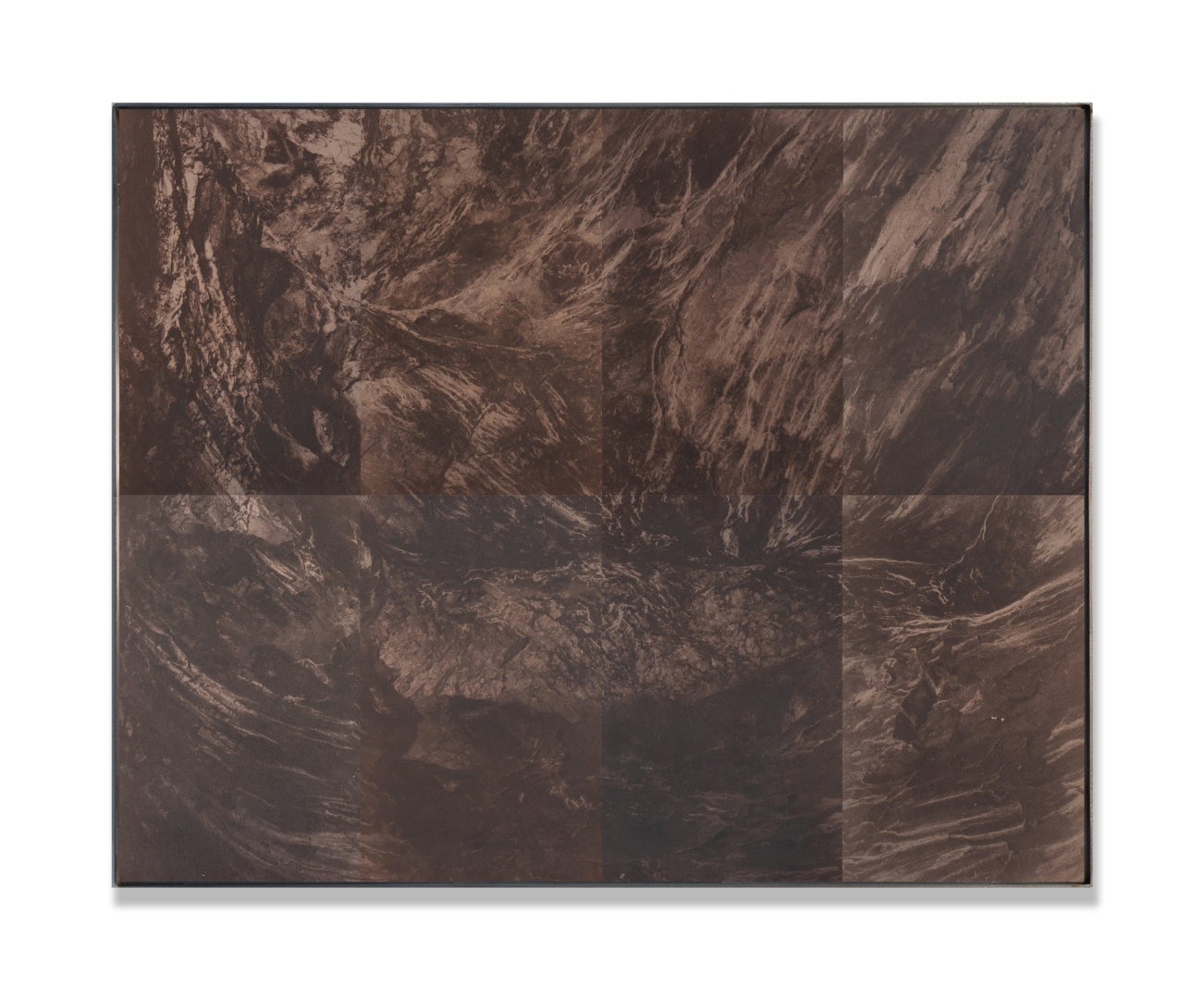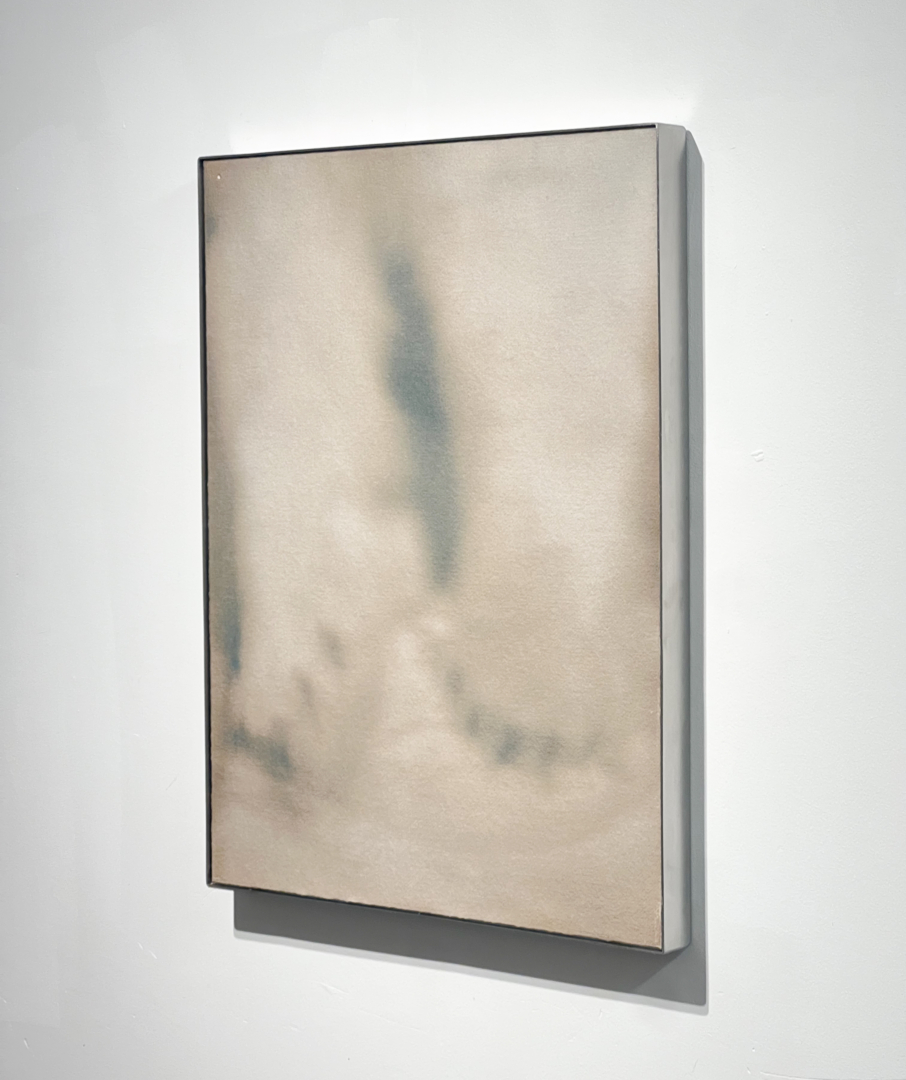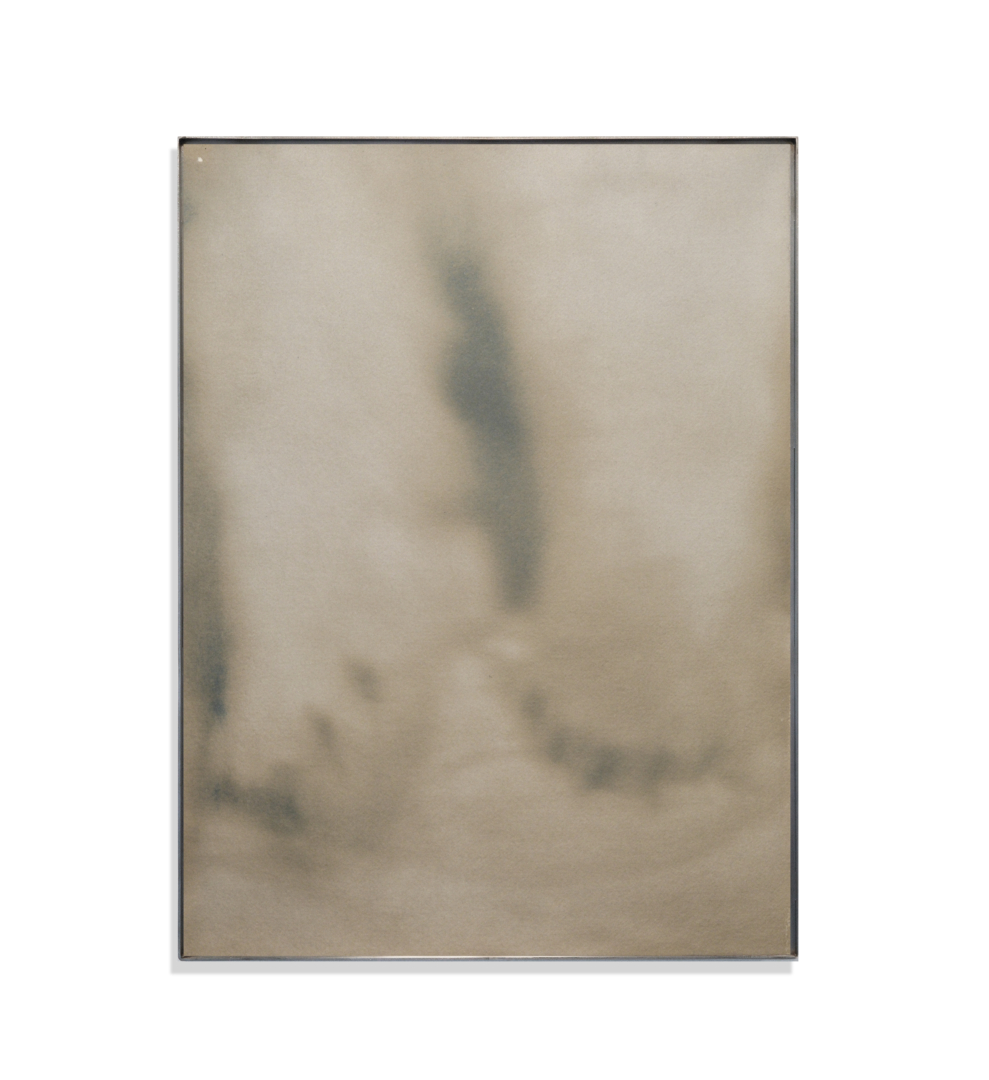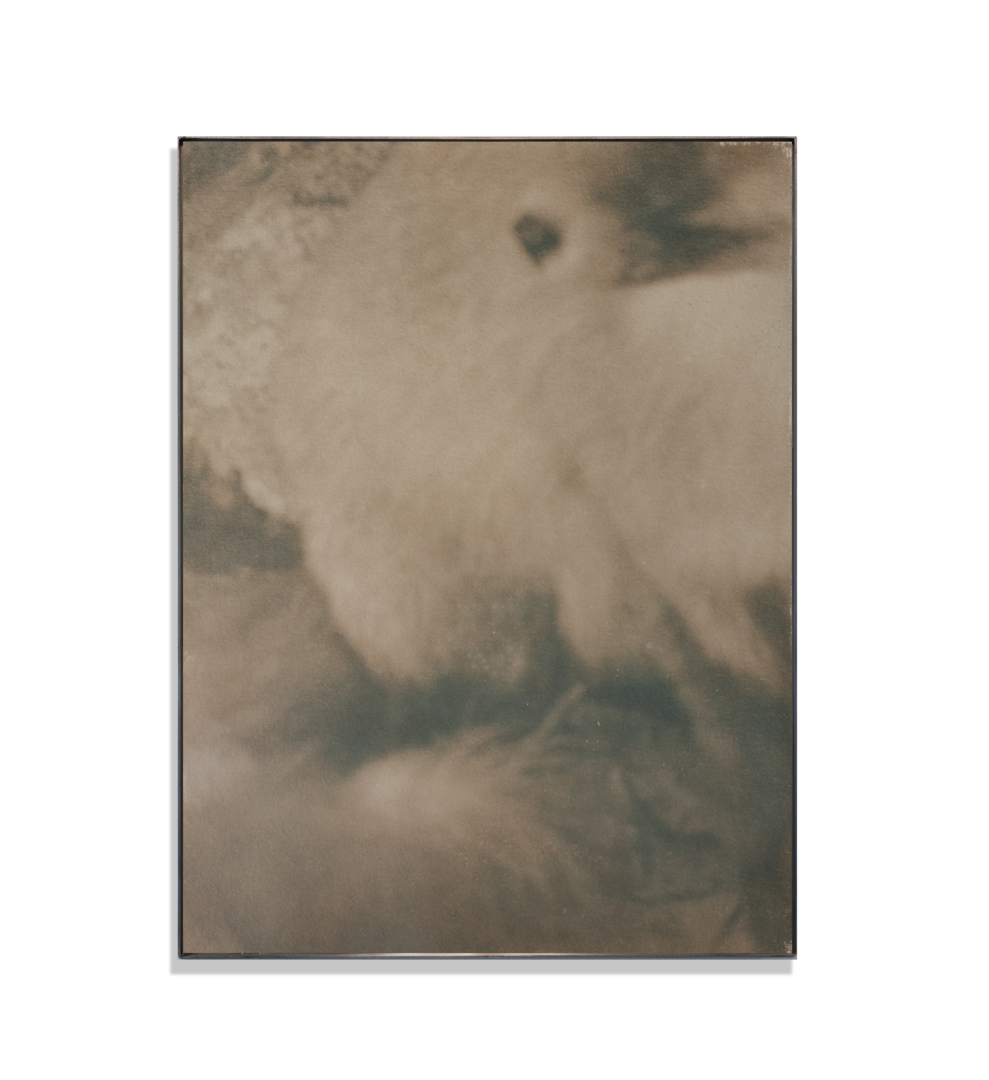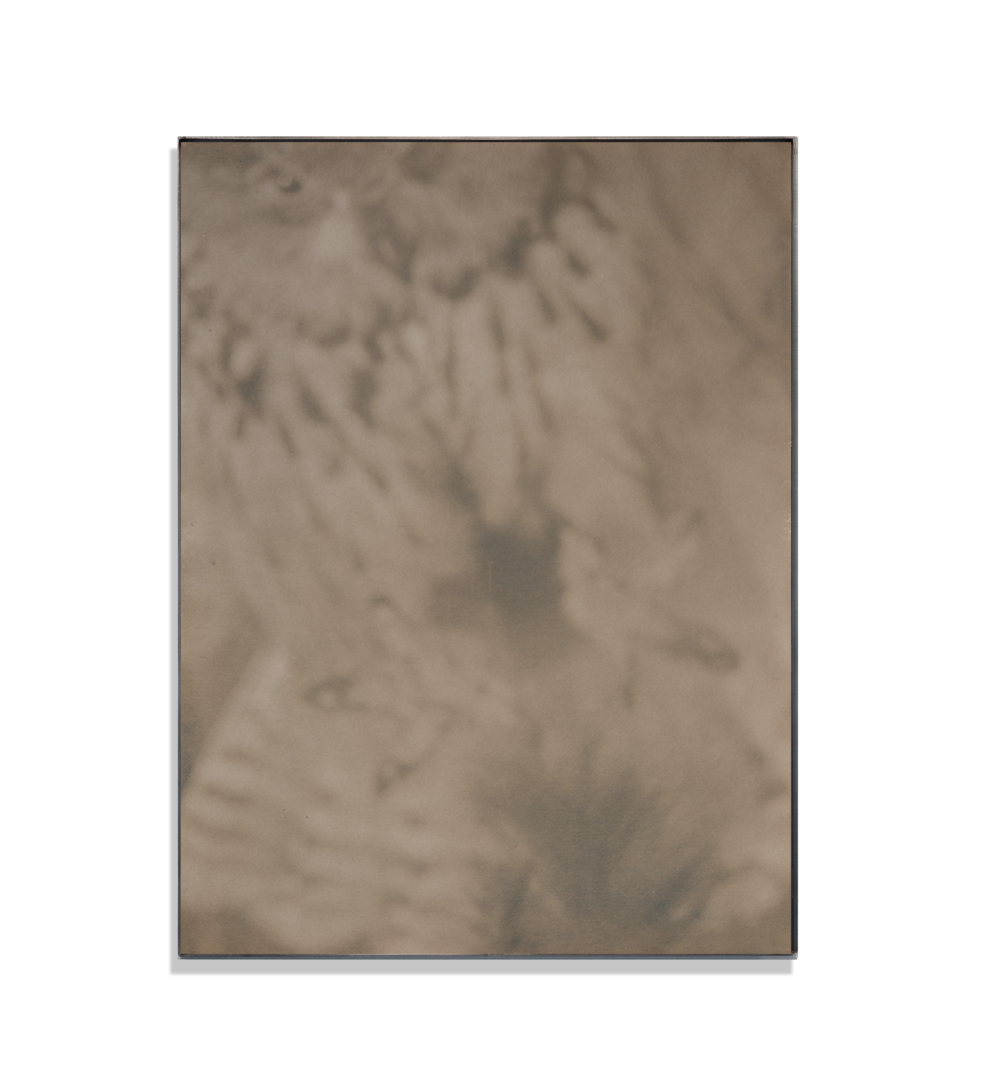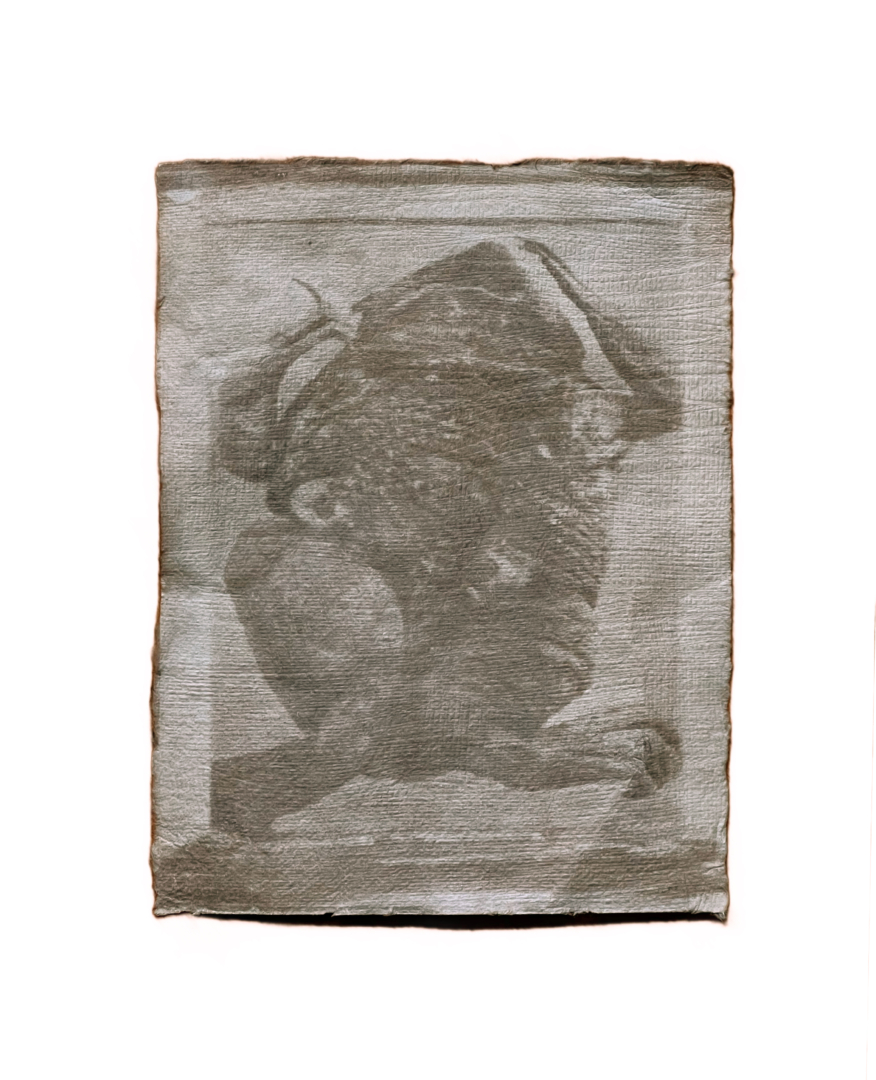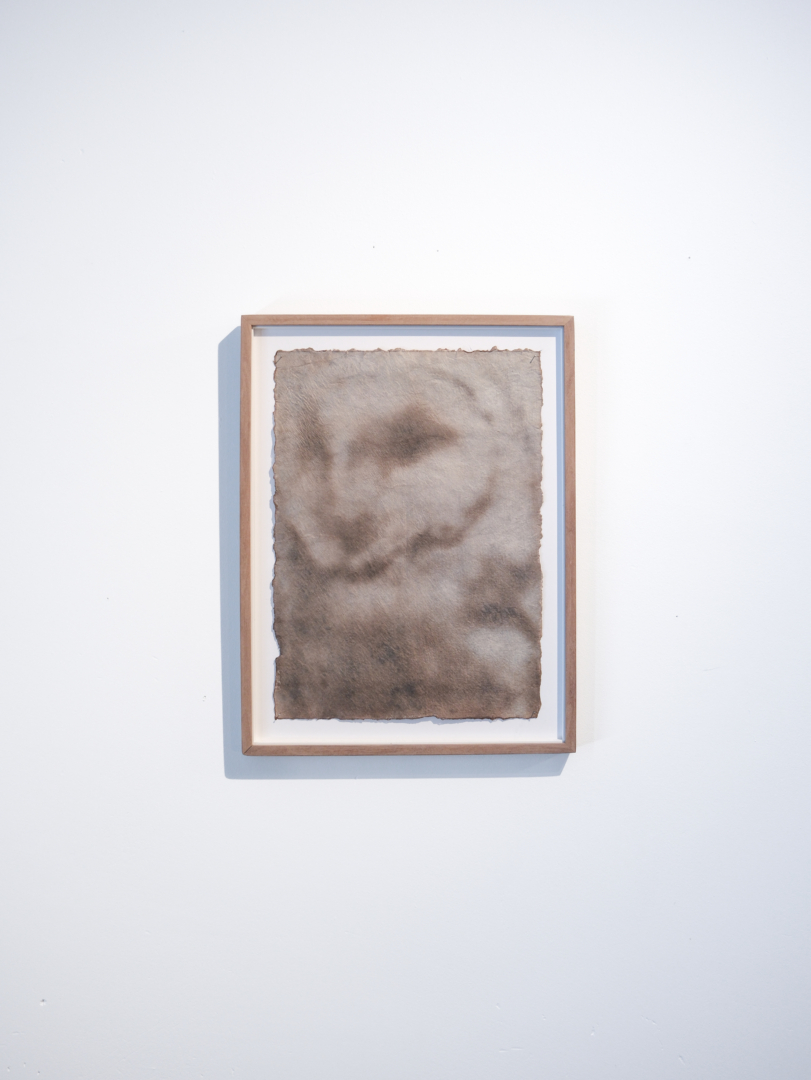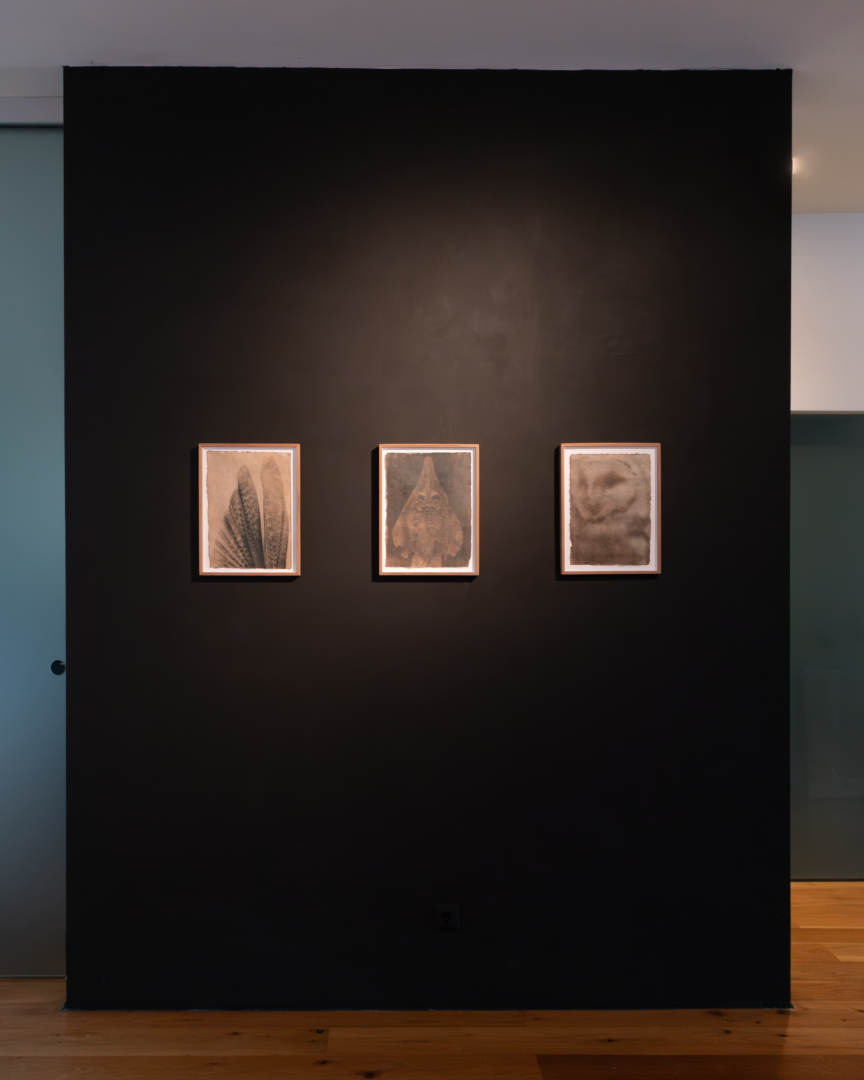VIEWS OF NATURE, 2024
Often called the father of ecology, 19th-century naturalist Alexander von Humboldt (1769–1859) was the first scientist to see everything in nature is interconnected. His approach was deeply rooted in wonder, emphasising the importance of feeling and imagination in perceiving the natural world. While once being the most famous scholar of his time, inspiring Darwin’s theory of evolution among others, Humboldt’s name has largely fallen into oblivion as his interdisciplinary approach lost interest due to modern scientific specialism. Together with his broader understanding of interconnectedness, a unique vision has gone lost. Inspired by his eponymous travelogues, Views of Nature visualises this outlook using excerpts from his words as both titles and starting points for the works.
The cyanotype — a popular documentation tool among 19th-century botanists — allows for a counter-narrative. Through toning the cyanotypes with multiple natural tannins, the series aims to adopt a more earthly character that mirrors the natural world while aiming to spark a sense of wonder and mysticism through their subject matter and pictorialism. Aiming for balance in reason and feeling, Views of Nature reflects Humboldt's plea for sensibility as a potential antidote to the modern day alienation.
"Nature must be experienced with feeling”, Humboldt wrote to Goethe. Scientists who'd describe the world exclusively by classifying plants, animals and rocks would “never really get to know her”.
